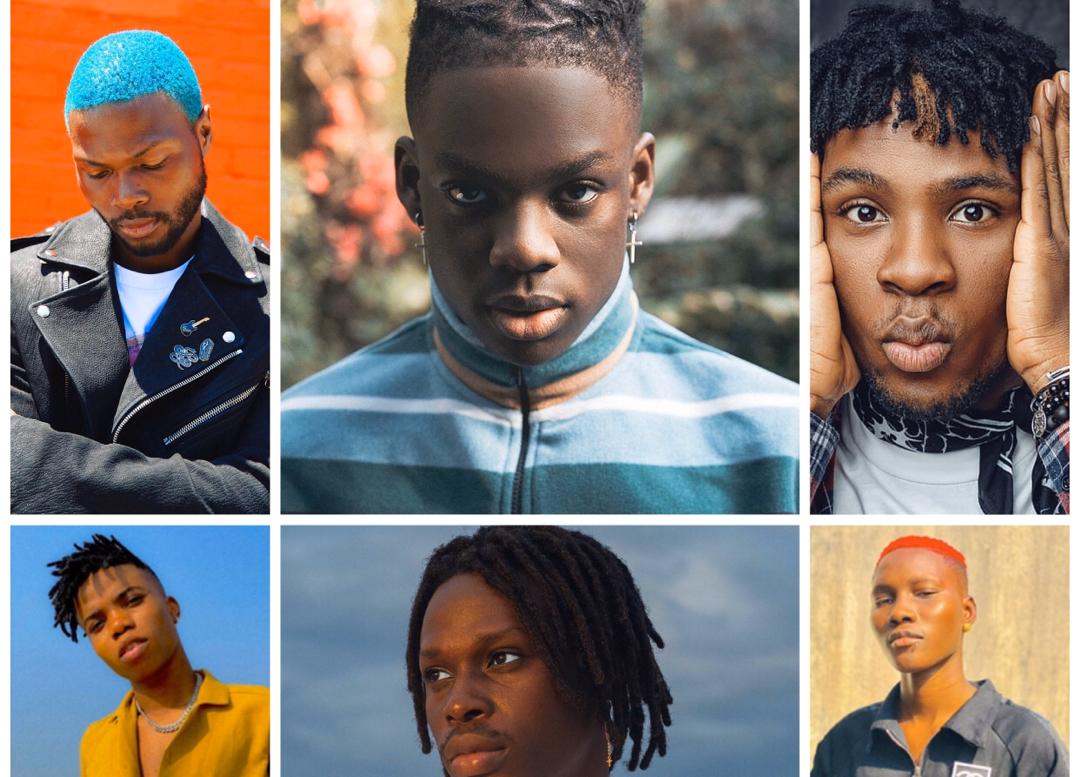Marketing Advance for Afrobeats: A Blessing or a Curse?
The global rise of Afrobeats has been one of the most remarkable cultural movements of the 21st century. What began in Lagos studios and Accra nightclubs has become a worldwide phenomenon, with artists selling out arenas from London to Los Angeles. But behind the hits, the tours, and the viral moments lies a new force shaping the genre’s trajectory marketing advances and brand-backed deals. The influx of big corporate money into Afrobeats has elevated its global presence, yet it has also raised pressing questions about creativity, ownership, and the long-term identity of the sound.
In today’s Afrobeats landscape, marketing is no longer an afterthought it’s the engine. Record labels and streaming platforms now treat marketing budgets as make-or-break investments. Artists don’t just drop songs; they drop rollouts, campaigns, and brand tie-ins. For rising acts, marketing advances have become the new lifeline large upfront payments meant to fuel promotion, music videos, and influencer partnerships. On paper, it sounds like a dream. In practice, it’s a double-edged sword.
For many Nigerian and African artists, these advances represent long-overdue recognition from an industry that once overlooked them. It’s validation that Afrobeats is not just trendy it’s profitable. Major international labels like Columbia, RCA, and Def Jam have set up African divisions or partnerships to tap into the growing market. Local artists, long used to DIY promotion and word-of-mouth virality, now have access to global distribution, digital ad teams, and structured PR campaigns. The results are undeniable. Global chart placements, Grammy nominations, and sold-out international tours now flow from meticulously planned marketing strategies that rival those of U.S. pop stars.
But the success comes with a quiet cost. Marketing advances, much like traditional label advances, are not free money. They are loans investments that artists are expected to repay through streaming performance, endorsements, and ticket sales. When songs don’t meet projected targets, those advances can quickly turn from opportunity to burden. The risk is especially high for younger acts caught in the excitement of quick funding without fully understanding contract terms. Some end up locked into restrictive deals that compromise their creative independence in exchange for exposure.
The marketing race has also blurred the line between artistry and algorithm. In the rush to make songs trend, artists are pressured to create music that fits short-form video formats and online challenges rather than cultural expression. Afrobeats once known for its emotional depth and rhythmic innovation risks being reduced to formulaic hooks designed for social media virality. The same marketing machine that amplifies the genre globally also threatens to flatten its diversity.
The situation mirrors patterns seen in Western pop and hip-hop industries, where financial incentives have long dictated artistic direction. But in Africa, where infrastructure and access are still developing, the stakes feel higher. For emerging acts, refusing an advance can mean fading into obscurity; accepting it can mean losing control. Labels often demand not just royalties but also a cut of touring income and brand endorsements. In an industry still defining its legal standards, artists frequently lack the leverage or legal counsel to negotiate fairer terms.
Yet, it would be simplistic to dismiss marketing advances as purely negative. They have helped democratize the industry in many ways. A decade ago, few Nigerian artists could afford quality production, digital advertising, or international collaborations. Today, even independent acts can reach global audiences through strategic marketing supported by distribution platforms like Empire, ONErpm, or The Orchard. The visibility gained through paid campaigns often translates into genuine fanbases, media coverage, and long-term brand partnerships. In this sense, marketing advances have become the scaffolding of Afrobeats’ global architecture.
The deeper issue, however, is sustainability. The current marketing-driven model rewards visibility over artistry. Songs that trend online are prioritized over those that resonate culturally. Artists who invest more in ads than in sound development often rise faster but fade quicker. The Afrobeats ecosystem now faces the same paradox that Western pop did decades ago: how to balance commerce with culture. Without careful balance, the genre could lose the authenticity that made it global in the first place.
Cultural critics and industry insiders are beginning to voice concern. They point out that the global packaging of Afrobeats often prioritizes easily digestible, Western-friendly sounds smoother production, English-heavy lyrics, and simplified percussion at the expense of local nuance. Marketing departments, chasing analytics, subtly guide creative direction toward what “performs well” on Spotify or TikTok. The danger is that Afrobeats becomes a caricature of itself a sound made to fit export expectations rather than reflect its own communities.
At the same time, marketing advances have deepened inequality within the scene. Established acts with strong international backing the Burna Boys, Wizkids, and Davidos attract multi-million-dollar promotional deals, while emerging artists struggle to secure even minimal budgets. The result is a widening gap between the global elite of Afrobeats and the local underground, where creativity often thrives with limited resources. Ironically, some of the most innovative sounds in the genre are coming from those who can’t afford to market them.
Still, Afrobeats has always been adaptive and that flexibility may yet save it. Artists like Tems, Asake, and Ayra Starr have shown that storytelling, authenticity, and artistic identity can coexist with smart marketing. Their campaigns succeed not because they mimic Western models, but because they translate local essence into global appeal. The key may lie in reclaiming marketing as a cultural tool rather than a corporate one using visibility to project authenticity, not erase it.
As Afrobeats continues to evolve into a global industry, marketing advances will remain both blessing and curse. They bring opportunity but demand caution, offering power that can easily become dependence. The next generation of African artists must learn not only how to make hits but how to manage hype to see through the glitter of marketing promises and build careers that outlast the algorithms.
Afrobeats’ story has always been one of resilience a genre born from struggle, remixing its reality into rhythm. The challenge now is ensuring that the same creativity that built its rise doesn’t get overshadowed by corporate strategy. Marketing may carry Afrobeats to new heights, but only artistry will keep it there.


Leave a Reply